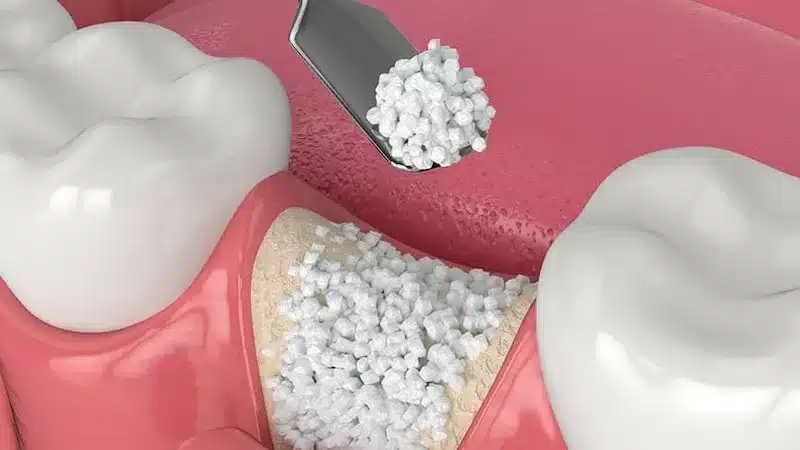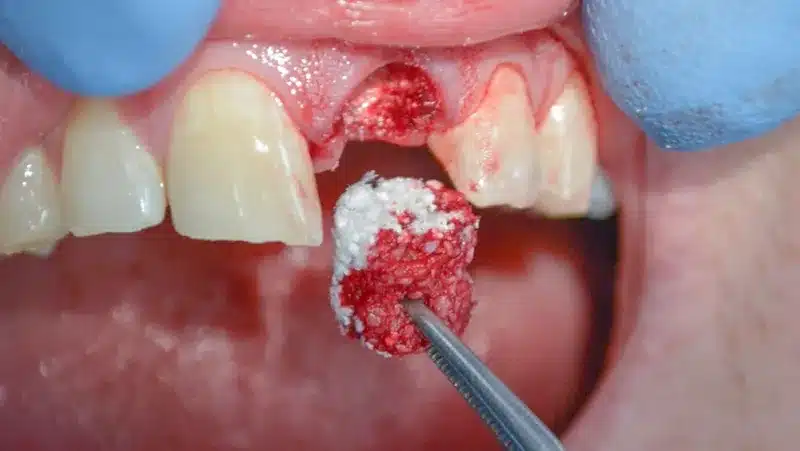Understanding Dental Implants and Bone Grafting for a Lasting Smile
Dental implants have become a revolutionary solution for people who are missing teeth or dealing with severely damaged teeth. These implants not only restore the function of natural teeth but also enhance the aesthetic appearance of a person’s smile. However, for dental implants to be successful and long-lasting, a strong and healthy jawbone is essential. In cases where the jawbone is insufficient, bone grafting becomes a crucial procedure to ensure the success of the implants.
What is Bone Grafting
Bone grafting is a surgical procedure that involves rebuilding or augmenting the bone in the jaw to create a solid foundation for dental implants. This procedure is often necessary for patients who have experienced bone loss due to factors such as tooth loss, gum disease, or trauma. When a tooth is lost, the jawbone in that area begins to shrink over time because it no longer receives stimulation from chewing. This process, known as bone resorption, can compromise the structure of the jaw and make it unsuitable for dental implants.
Bone grafting works by adding new bone material to the deficient area, which then integrates with the existing bone tissue. This not only restores the strength of the jawbone but also improves its shape and density. The new bone material can come from various sources, such as the patient’s own body, a donor, or synthetic materials designed to mimic natural bone.
This procedure is a critical step in ensuring that dental implants remain secure and functional for a lifetime. Without adequate bone support, implants may fail, leading to further complications.
How Bone Grafting is Performed
Bone grafting is a highly specialized procedure that is tailored to the needs of each patient. The specific technique used depends on the extent of bone loss, the location of the missing tooth, and the patient’s overall oral health. Here is a detailed breakdown of the steps involved in a typical bone grafting procedure:
Initial Assessment
Before performing bone grafting, the dentist or oral surgeon conducts a comprehensive evaluation of the patient’s oral health. This includes X-rays, CT scans, and other diagnostic tools to assess the extent of bone loss and determine the best approach for the procedure. The dentist will also discuss the patient’s medical history and any factors that could affect healing, such as smoking or certain medications.
The Procedure
The bone grafting procedure itself involves several steps:
- Preparation: The affected area of the jaw is cleaned and prepared for the grafting material. If there are any damaged tissues or remnants of the original tooth, these are removed to create a clean foundation.
- Placement of Grafting Material: The bone graft material is placed into the area of bone loss. This material can come from various sources:
- Autografts: Bone taken from the patient’s own body, such as the chin or hip.
- Allografts: Bone from a donor.
- Xenografts: Bone from an animal source, typically bovine (cow).
- Synthetic Grafts: Artificial materials designed to mimic natural bone.
- Guided Bone Regeneration: In some cases, a guided bone regeneration technique is used. This involves placing a special membrane over the graft to protect it and promote proper healing. Small screws may also be used to hold the graft in place and stimulate new bone growth.
- Healing Cap: A healing cap is placed over the grafted area to shield it from bacteria and other contaminants. This ensures that the new bone integrates properly with the existing bone tissue.
Recovery and Healing
The healing process after bone grafting can take several months. During this time, the grafted material integrates with the natural bone, a process known as osseointegration. Patients are typically advised to follow a strict oral hygiene routine and avoid putting excessive pressure on the affected area. Regular check-ups with the dentist are essential to monitor progress and address any potential complications.
About the Dental Implant Procedure After Bone Grafting
Once the bone graft has successfully integrated with the jawbone, the patient can move forward with the dental implant procedure. Dental implants are titanium posts that are surgically placed into the jawbone to act as artificial tooth roots. These posts provide a sturdy foundation for crowns, bridges, or dentures, ensuring that the replacement teeth look, feel, and function like natural teeth.
The Implant Placement Process
The dental implant procedure typically involves the following steps:
- Preparation: The dentist evaluates the patient’s jawbone to ensure it is ready for the implant. In some cases, a small amount of additional bone grafting may be required to fine-tune the area.
- Implant Surgery: The titanium post is surgically placed into the jawbone. This procedure is done under local anesthesia or sedation to ensure patient comfort. After placement, the implant is left to heal and integrate with the bone, a process that can take several months.
- Abutment and Crown Placement: Once the implant has fully integrated, an abutment is attached to the post. This serves as a connector for the replacement tooth. Finally, a custom-made crown, bridge, or denture is attached to the abutment, completing the restoration.
Dental implants are considered a permanent solution for missing teeth and can last a lifetime with proper care. They not only restore chewing and speaking abilities but also prevent further bone loss by stimulating the jawbone, just like natural teeth.
The Importance of Bone Grafting for Dental Implants
Bone grafting plays a critical role in the success of dental implants. Without adequate bone support, implants are more likely to fail or become unstable over time. By restoring the jawbone, bone grafting ensures that the implants have a solid foundation, improving their longevity and functionality.
Additionally, bone grafting can enhance the overall aesthetics of the patient’s smile. A strong jawbone provides better support for the facial structure, preventing the sunken appearance that often accompanies tooth loss.
Come to Our Advanced Office for Dental Implant and Bone Grafting Procedures
If you are considering dental implants but have been told that you lack sufficient jawbone, bone grafting could be the solution you need. At our advanced dental office, we specialize in providing comprehensive care to help you achieve a healthy, confident smile. Dr. Dhawan and his experienced team use state-of-the-art technology and techniques to ensure the best possible outcomes for our patients.
Take the first step toward restoring your smile by scheduling a consultation with us today. We will assess your unique needs and create a personalized treatment plan that sets you on the path to success.
Contact us now to book your appointment and discover how dental implants and bone grafting can transform your life!





